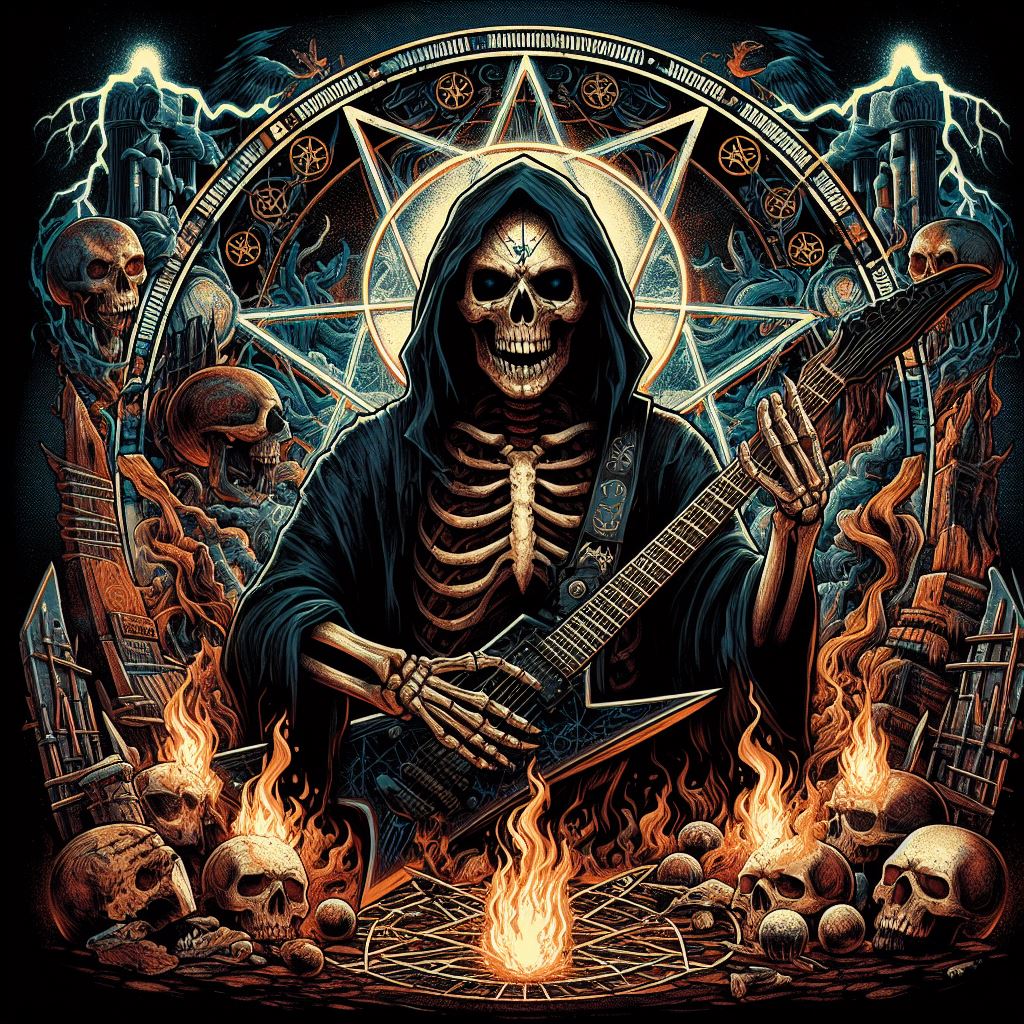Title: Unveiling the Resilient Legacy of Disbelief: A Journey Through the History of the German Metal Titans
In the vast landscape of metal music, one band has managed to carve its own path with a unique blend of aggression, melody, and raw emotion – Disbelief. Hailing from Hesse, Germany, Disbelief emerged in the early 1990s, amidst a burgeoning metal scene, and quickly rose to prominence with their uncompromising sound and intense live performances.
Formed in 1990 by vocalist Karsten Jäger, guitarist Oliver Lenz, and drummer Markus Gnap, Disbelief started as a death metal outfit, drawing influences from bands like Obituary, Death, and Bolt Thrower. Their early demos and EPs showcased their ferocious energy and technical prowess, setting them apart from their peers in the underground metal circuit.
It was their debut album, “Disbelief” (1997), that truly solidified the band’s reputation as a force to be reckoned with. With its crushing riffs, guttural vocals, and relentless drumming, the album was a statement of intent from the band, showcasing their ability to blend brutality with melody in a way that was both captivating and cathartic.
As Disbelief continued to evolve their sound, incorporating elements of groove metal and melodic death metal, they released a string of critically acclaimed albums, such as “Infected” (2002) and “66Sick” (2005). These albums showcased the band’s versatility and songwriting prowess, with tracks like “Rewind It All (Death or Glory)” and “Floating on High” becoming fan favorites for their infectious hooks and powerful lyrical themes.
Despite facing lineup changes over the years, with members coming and going, Disbelief remained a constant presence in the metal scene, touring extensively and never compromising on their artistic vision. Their live shows became legendary for their intensity and energy, with Karsten Jäger’s commanding stage presence and the band’s tight musicianship winning over audiences worldwide.
In 2010, Disbelief released “Heal” – an album that marked a return to their death metal roots while also showcasing a more mature and introspective side of the band. Tracks like “The Eyes of Horror” and “Hell Goes On” demonstrated the band’s ability to evolve while staying true to their core sound, earning them praise from fans and critics alike.
As they entered their third decade as a band, Disbelief continued to push boundaries and defy expectations with albums like “The Symbol of Death” (2017) and “The Ground Collapses” (2020). These albums showcased a band that was unafraid to experiment and explore new sonic territories, while never losing sight of the raw emotion and aggression that defined their sound from the beginning.
Today, Disbelief stands as a testament to the enduring power of metal music and the resilience of artists who stay true to their vision. With a discography that spans over three decades and a reputation as one of Germany’s most respected metal bands, Disbelief remains a force to be reckoned with, inspiring a new generation of metalheads to embrace the darkness and find solace in the music that speaks to their souls.
